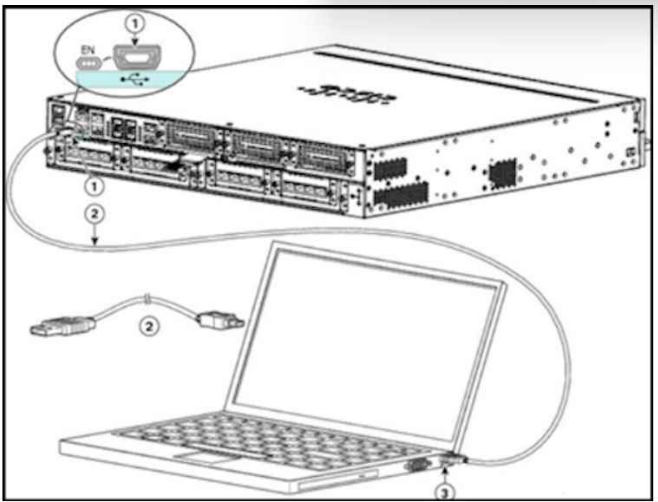Master Cisco 100-490 Exam with Reliable Practice Questions
Which two sets of pins are looped on an RJ-45 56K loopback plug? (Choose two.)
Correct : A, C
An RJ-45 56K loopback plug is used to test the functionality of network ports, particularly for T1/56K lines. The correct loopback wiring for such a plug involves looping pins 1 and 4, as well as pins 2 and 5. This configuration allows the device to send and receive signals on the same wire pairs, effectively testing the transmit and receive paths of the port1.
Start a Discussions
Which type of memory is erased on a Cisco device when rebooted?
Correct : A
DRAM, or Dynamic Random-Access Memory, is the type of memory that is erased when a Cisco device is rebooted. DRAM is used to store the running configuration and routing tables of the device. Since DRAM is volatile memory, its contents are lost when the device is powered down or restarted. This is in contrast to non-volatile memory types like flash and NVRAM, which retain their contents even after a reboot1. Reference := Types of memory on a Cisco device - Study-CCNA
Start a Discussions
Which two Cisco Nexus 9300 Series switches support 400-Gbps Ethernet ports? (Choose two.)
Correct : A, C
The Cisco Nexus 9300 Series switches are a family of high-performance data center switching products. However, only a specific subset of models within this series supports 400-Gbps Ethernet ports.
Based on the information available online, two models from the Cisco Nexus 9300 Series that offer 400-Gbps Ethernet ports are:
Cisco Nexus 9316D-GX: This is a 1RU fixed switch that provides 16 ports of 400 Gbps (QSFP-DD) with a non-blocking switch architecture. It's suitable for aggregation, core, or spine applications.
Cisco Nexus 93600CD-GX: This is also a 1RU fixed switch, but it offers a combination of ports. It includes 28 ports of 100G and 8 ports of 400 Gbps (QSFP-DD) with a non-blocking switch architecture. This model is well-suited for data center Top-of-Rack (ToR), End-of-Row (EoR), and collapsed aggregation and access deployments, particularly when used with Cisco Nexus 2000 Fabric Extenders.
Start a Discussions
Refer to the exhibit. What are two identifications for the hardware components? (Choose two.)

Correct : A, B
* The label '1' points to a rectangular port on the laptop. This is consistent with the shape of a USB Type A port.
* The cable labeled '2' has an RJ-45 connector on one end and a USB Type A connector on the other end.
Incorrect Answers:
* C. 2 is a USB 5-pin mini USB Type B to USB Type A console cable: The connector on the cable labeled '2' is not a mini USB Type B connector. It is a standard RJ-45 connector.
* D. 3 is a USB Type A port: The label '3' points to a port on the server that is not visible in the image. Therefore, we cannot identify the type of port it is.
* E. 3 is a USB 5-pin mini USB Type B port: Same as D, we cannot identify the type of port labeled '3' due to lack of visibility in the image.
Start a Discussions
What are two ways Telnet and SSH function? (Choose two.)
Correct : A, E
* A. SSH...secure remote access: This is correct. SSH (Secure Shell) is designed specifically for secure remote access. It utilizes strong encryption to protect data transmissions, including login credentials and commands.
* B. Telnet...secure remote access: This is incorrect. Telnet is inherently insecure as it transmits all data, including sensitive passwords, in cleartext.
* C. SSH uses...TCP port 23: This is incorrect. SSH uses TCP port 22 by default, while Telnet uses TCP port 23.
* D. Telnet preferred...security reasons: This is incorrect. SSH is vastly preferred over Telnet due to its strong security features.
* E. Telnet connection...router reboots: This is correct. Telnet connections are not persistent, so a router reboot disrupts them. This re-enforces their lack of suitability for critical management tasks.
Key Points:
* Security: SSH is the recommended protocol for remote access to network devices due to its strong encryption and authentication mechanisms.
* Persistence: Telnet connections are temporary and get disrupted on events like router reboots.
Start a Discussions